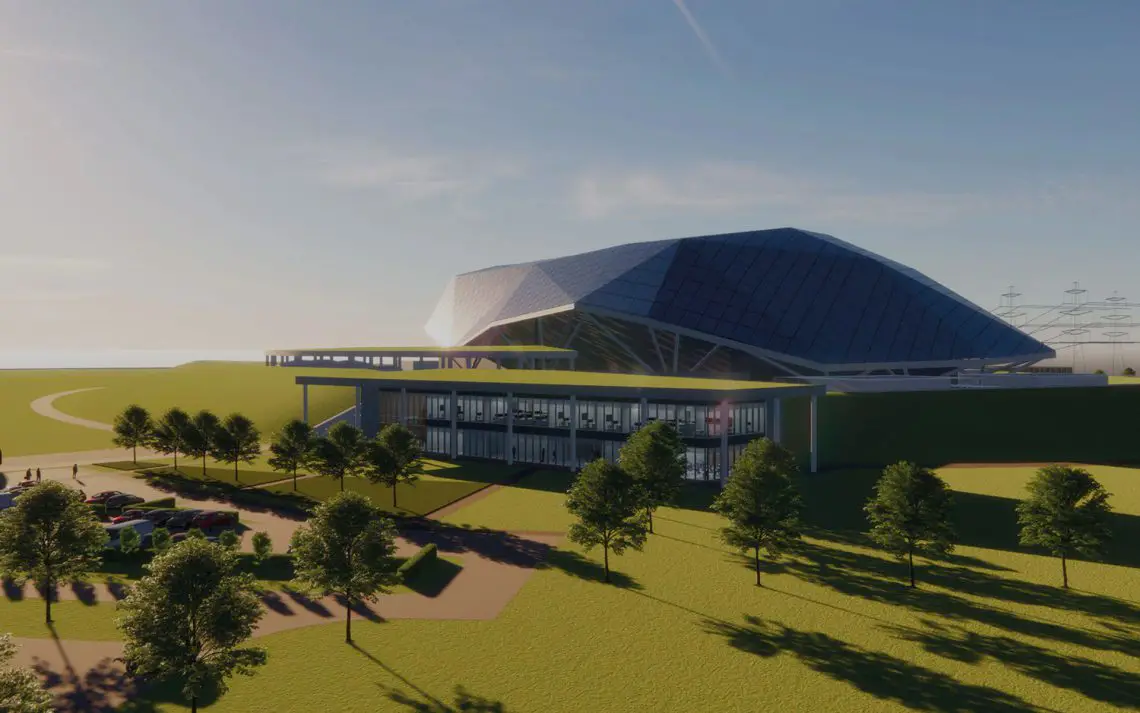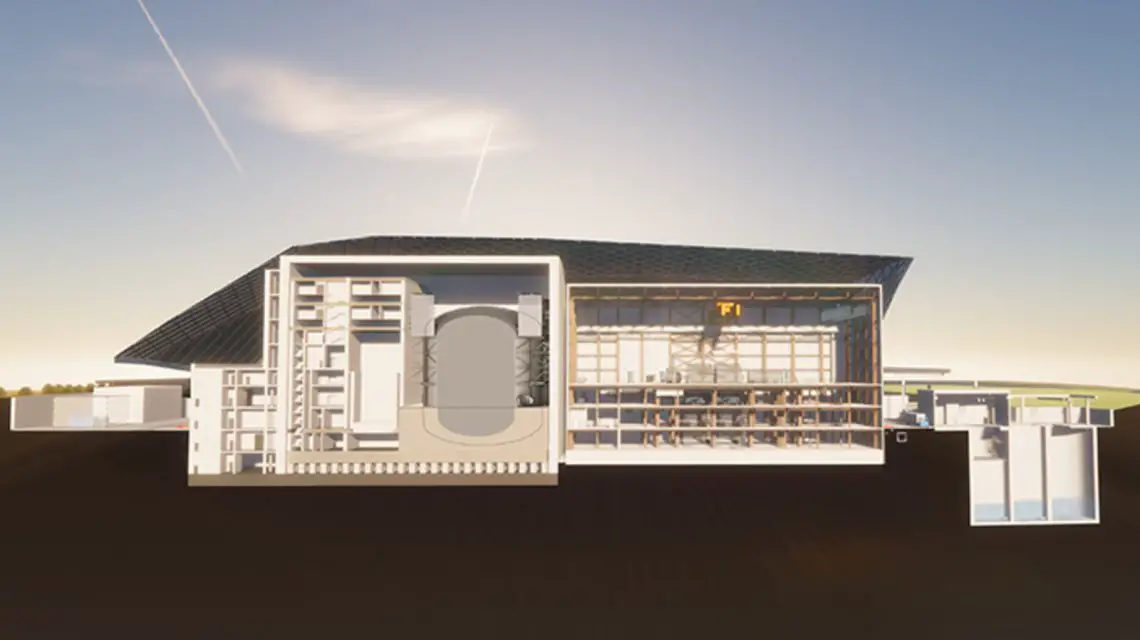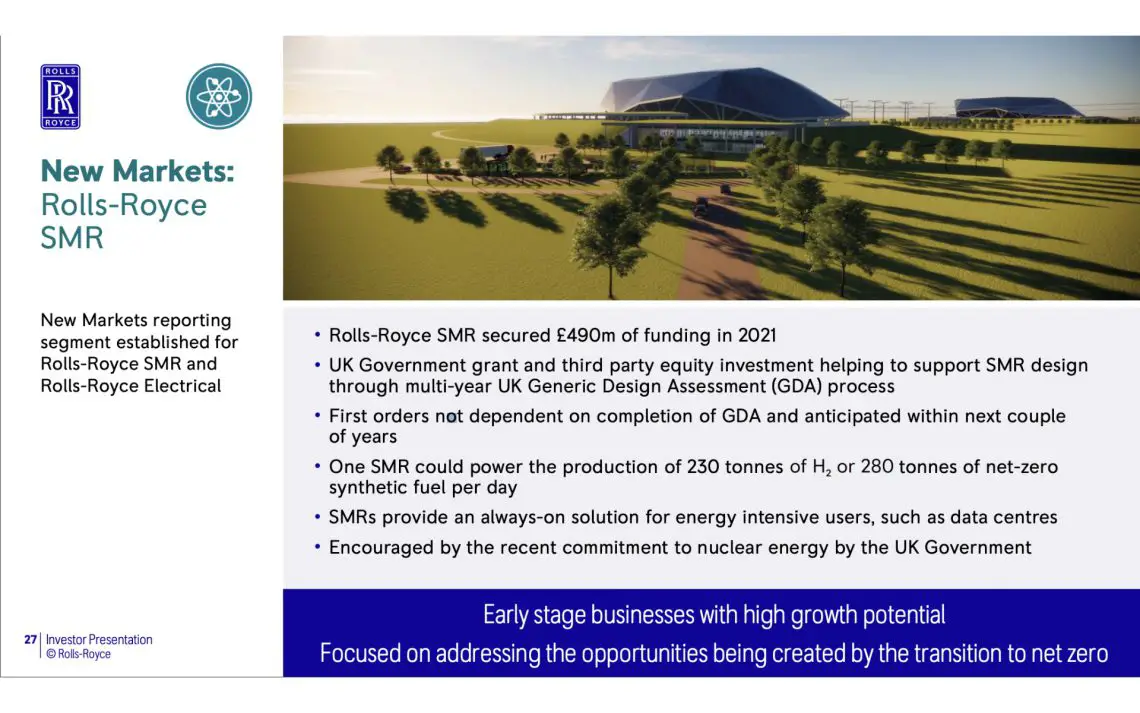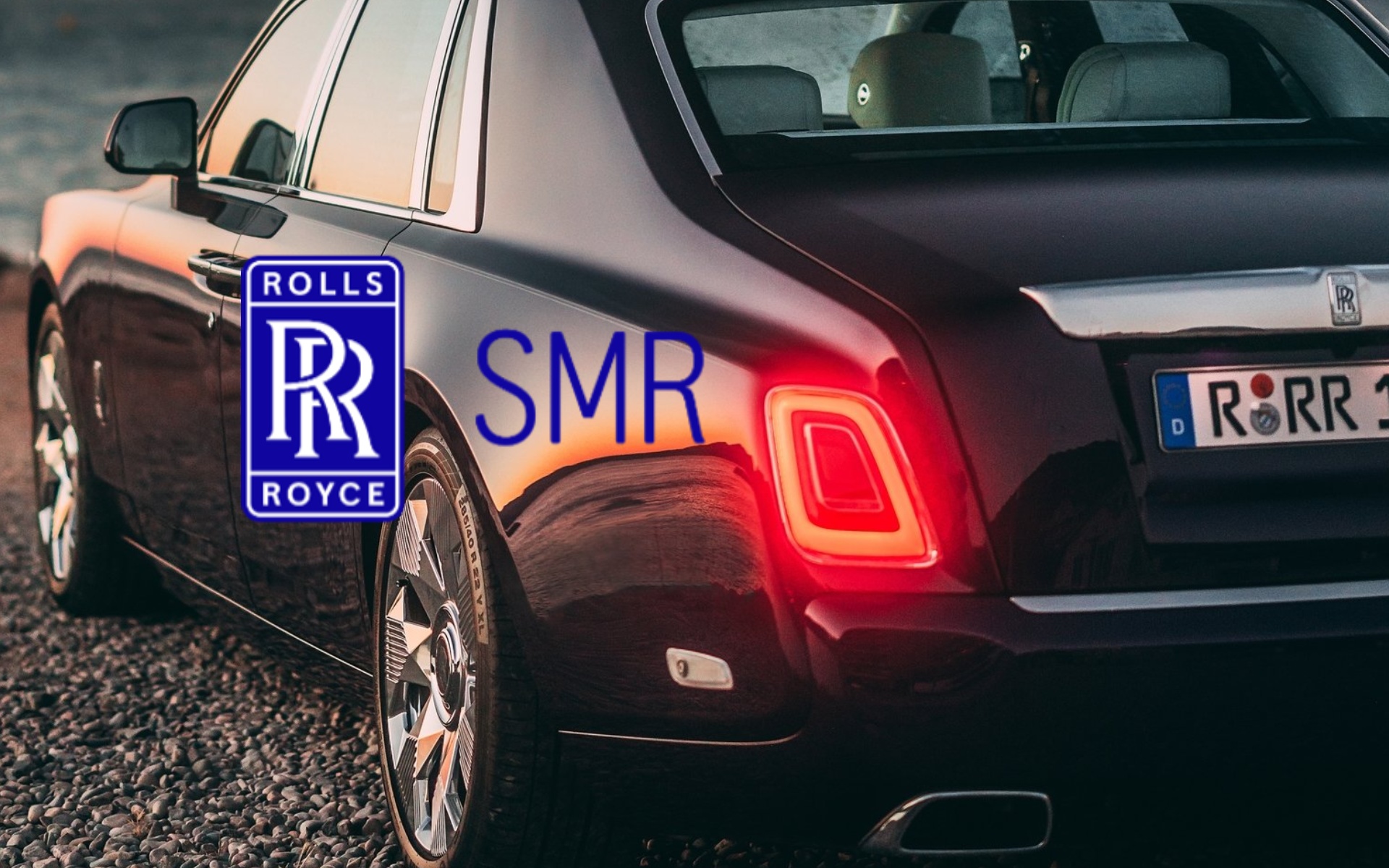Netherlands to nuclear power? Important role for Rolls-Royce SMR
Nuclear power plants in the Netherlands
There is an energy crisis, I’m sure you haven’t failed to notice. For this reason, several countries are reverting back to nuclear power plants. In Japan, for example, they are going back on. In the Netherlands, the government does have ears for new power plants. A decision has yet to be made, but suppose the plans receive approval, Rolls-Royce may have an important role to play.
Rolls-Royce SMR
In fact, Rolls-Royce is stepping into the world of so-called SMRs, which are Small Modular Reactors. You may think of them as construction kits assembled on site. They are smaller and have less power compared to the large nuclear power plants. A major advantage is that SMRs require less cooling water. Placement on the coast is therefore not necessary.
Costly!
Cheap, by the way, an SMR is not. Rolls-Rocye expects to need about five to seven years per SMR. The unit price tag: 2.5 billion euros, but because a series production should be, that price may drop to about 2 billion euros. Rolls-Royce is not the only manufacturer working on SMRs. China and Russia have also stepped in.

Rolls-Royce SMR: the figures
In total, the Rolls-Royce SMR will have the capacity to generate 470mw of low-carbon energy – the equivalent of more than 150 onshore wind turbines – for at least 60 years. As part of the UK government’s “The Ten Point Plan for a Green Industrial Revolution,” £210 million of UK research and innovation funding has already been spent on realizing the SMR vision for a cleaner and more sustainable future. “Over the long term, the SMR will provide investors and lenders with a degree of confidence that will allow future customers to access a range of capital options,” Rolls-Royce said in a comment.

Collaboration with ULC Energy
ULC Energy, a Netherlands-based company, has signed a memorandum of understanding with US-based Constellation to support the deployment of Rolls-Royce Small Modular Reactor (SMR) power plants in the Netherlands. ULC Energy would like to bring 10 SMRs to the Netherlands. The main reason: no longer being dependent on gas. You don’t have to expect SMRs in the next few years. It is simply too early for that, but perhaps in the future they can help reduce CO2 emissions.
Great interest
Minister Rob Jetten (Climate and Energy), wrote the following letter addressed to the House of Representatives on Sept. 29. “SMR is the collective name for a very diverse range of reactor concepts in various stages of development. A large number of parties, national and international, are actively involved and I follow current events with interest.”

Also for hydrogen production
Jetten continues: “There are several conceivable applications for SMRs in which they could play a role; in addition to the production of electricity, for example, as a source of high-temperature heat for energy-intensive industry or for the production of hydrogen. If the intended benefits of SMRs indeed materialize in practice, they could be an interesting complementary energy source in the energy mix. Some concepts are already at an advanced stage of development, but no SMRs have been realized in the West at this time.”
He concludes, “Based on the market consultation conducted by KPMG, the realization of SMRs at multiple locations in the Netherlands does not (yet) seem feasible at this time. Indeed, an important condition for the introduction of SMRs is the availability of locations where they can be realized and where there is also public support.”
Limburg
One province that has its eye on SMRs is Limburg. Jetten: “The province of Limburg has commissioned research into the potential for nuclear energy in Limburg, and more specifically in the form of SMRs. This is partly in light of the increasing demand for available controllable power from large industrial clusters. One of the conclusions of the study is, the demand for available controllable power from 2030-2035 could be partially met by SMRs. According to the study, realization of large, conventional reactors in Limburg is not likely, partly due to lack of cooling water capacity in the province. Jetten’s complete letter can be read here. Zeeland is also watching, as the only Dutch nuclear power plant currently operating is located in Borssele, Zeeland.
How does a nuclear power plant work?
In nuclear power plants, uranium plays an important role. Through nuclear fission via a physical process, the atoms split into uranium, releasing a lot of energy. A lot of steam is released from the heat of nuclear fission. The steam drives turbines that generate electricity via a dynamo. A chain reaction of uranium can take about two to three years. After that, radioactive waste remains. This waste must then be stored in a safe place, as it can take thousands of years for the radiation in this radioactive material to wear off.
Rolls-Royce, bigger than you think
Rolls-Royce is bigger than you think. The company not only makes cars, but is also a major player in the aviation and energy industries. Just in early September it was announced that Rolls-Royce signed two contracts with the U.S. Department of Defense worth as much as $1.8 billion. In doing so, Rolls-Royce will service the engines of U.S. Navy and Marine Corps aircraft over a five-year period.
ULC-Energy comes from Amsterdam
ULC-Energy is a nuclear energy development company founded in 2021 and based in Amsterdam. ULC-Energy’s mission is to reduce CO2 emissions in the Netherlands by developing nuclear energy projects that can be efficiently integrated with residential and industrial energy networks. In August 2022, ULC-Energy selected the Rolls-Royce SMR as its nuclear technology solution.

